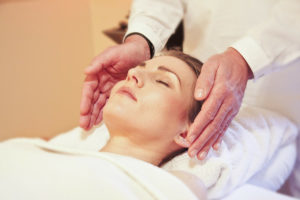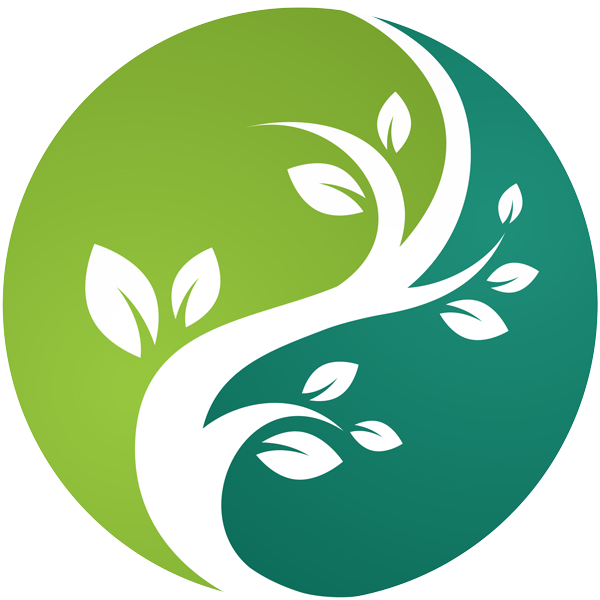 Craniosacral therapy is a gentle method of detection and correction that encourages your own natural healing mechanisms to dissipate negative effects of stress on your central nervous system. You also benefit from better overall health and resistance to disease.
Craniosacral therapy is a gentle method of detection and correction that encourages your own natural healing mechanisms to dissipate negative effects of stress on your central nervous system. You also benefit from better overall health and resistance to disease.
While the validity of the cardiovascular and respiratory rhythms is undisputed today, for eons the very existence of these systems sparked debates in medical communities around the world. Since 1970, osteopathic physician and researcher John E. Upledger has been a proponent of using the rhythm of another body system – the craniosacral system – to enhance body functioning, and help alleviate pain and discomfort.
The craniosacral system consists of the membranes and cerebrospinal fluid that surround and protect the brain and spinal cord. It extends from the bones of the skull, face and mouth, which make up the cranium, down the the sacrum, or tailbone area.
Since this vital system influences the development and performance of the brain and spinal cord, an imbalance or restriction in it could potentially cause any number of sensory, motor or neurological disabilities. These problems could include chronic pain, eye difficulties, scoliosis, motor-coordination impairments, learning disabilities and other health challenges.
How Craniosacral Therapy Works
With this therapy we aim to free restrictions in the natural movement of the cerebrospinal fluid, the clear liquid that cushions the brain and the spine. It has the function to transport hormones and removing waste.
What to Expect During a Craniosacral Therapy Session
Craniosacral therapy is performed on a person fully clothed, but barefoot. You will lie faceup on a massage table, while your therapist will be at your feet. She will use a very light touch to detect your craniosacral rhythm to detect potential restrictions and imbalances. After tuning in, the therapist then uses delicate manual techniques to release those problem areas and relieve undue pressure on the brain and spinal cord. The therapy session can last from 15 to about 60 minutes and it can be used alone or in conjunction with other therapeutic procedures such as massage, reiki or lymphatic drainage.
Where Should Craniosacral Therapy be Used
Benefits of Craniosacral Therapy Craniosacral therapy strengthens your body’s ability to take better care of you. It helps alleviate a range of illnesses, pain and dysfunctions, including:
- Migraine and Headaches
- Allergies
- Depression
- Chronic Neck and Back Pain
- Motor-Coordination Impairments
- Anxiety, Stress and Tension-related Problems
- Traumatic Brain and Spinal Cord Injuries
- Chronic Fatigue and Sleeping Disorders
- Leaning Disabilities and Infantile Disorders
- Post-Traumatic Stress Disorder
History of Craniosacral Therapy
Craniosacral therapy dates back to 1970 when osteopathic physician John E. Upledger first witnessed the rhythmic movement of the craniosacral system during a spinal surgery. Yet non of his colleagues nor medical texts could explain the phenomenon. Two years later, Dr. Upledger attended a short course on cranial osteopathy developed by Dr. William Sutherland. The course focused on the bones o fthe skull and the fact – surprising at the time – that they weren’t fused as doctors had been taught in medical school. Instead, Sutherland’s material demonstrated that skull bones continue to move throughout a person’s life. Putting this new information together with the odd pulsing rhythm he’d observed years before, Dr. Upledger theorized that a hydraulic system of sorts was functioning inside the craniosacral system. He then set out to confirm his theories. In 1975 he joined the Osteopathic College at Michigan State University as a clinical researcher and professor of biomechanics. There, he led a team of anatomists, physiologists, biophysicists and bioengineers to test and document the influence of therapy on the craniosacral system. For the first time, they were able to explain the function of the craniosacral system, and demontrated how light-touch therapy could be used to evaluate and treat malfunctions involving the brain and spinal cord. In 1985, Dr. Upledger went on to establish The Upledger Institute to teach the public and healthcare practitioners about the benefits of craniosacral therapy.
For craniosacral therapy please contact:
Charles Mayberry
